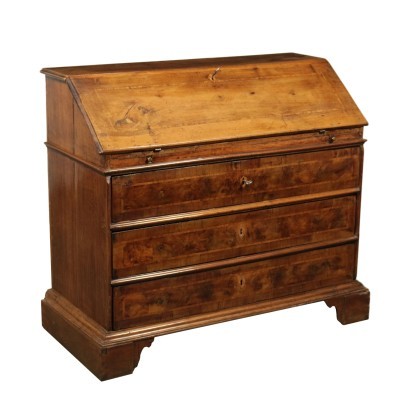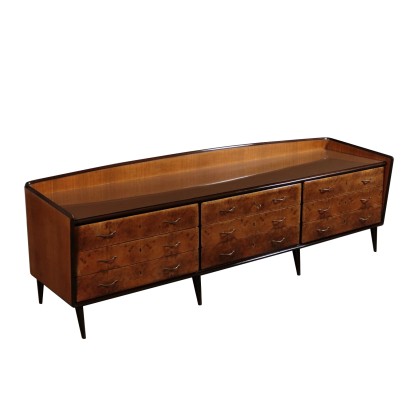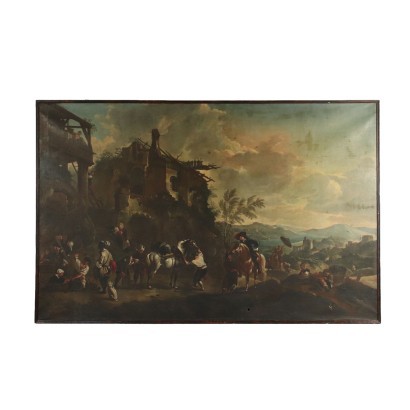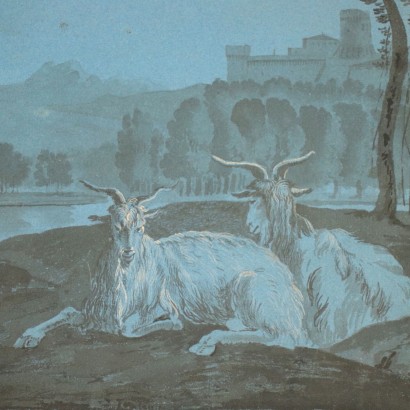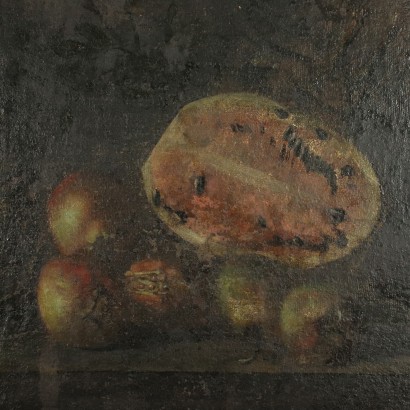Emilian Drop-Leaf Secretaire Walnut Poplar Oilive Italy 18th Century
Features
Age: 18th Century / 1701 - 1800
Origin: Italy
Main essence: Walnut , Poplar , Olive
Description
Emilian drop-leaf secretaire supported by shelves-shaped feet; 3 frontal drawers surmounted by a folding door that is supported by pull tabs and hiding a compartment with 2 lateral pair of surmounted drawers and a central open compartment. Walnut with burl reserves and olive threads and poplar interiors. it went trought restoration works.
Product Condition:
Fair condition. Wear consistent with age and use.
Dimensions (cm):
Height: 106,5
Width: 124
Depth: 58
Additional Information
Age: 18th Century / 1701 - 1800
18th Century / 1701 - 1800 Main essence:
Walnut
Walnut wood comes from the plant whose botanical name is juglans regia , probably originally from the East but very common in Europe. Light or dark brown in color, it is a hard wood with a beautiful grain, widely used in antique furniture. It was the main essence in Italy throughout the Renaissance and later had a good diffusion in Europe, especially in England, until the advent of mahogany. It was used for solid wood furniture and sometimes carvings and inlays, its only big limitation is that it suffers a lot from woodworm. In France it was widely used more than anything else in the provinces. In the second half of the eighteenth century its use decreased significantly because mahogany and other exotic woods were preferred.
Poplar
Essence considered "poor", it is a white wood, with yellowish or greyish shades, light and tender, which is easily damaged. It is used for rustic furniture or in the construction of furniture. The most valuable use it has had in the history of furniture is in Germany, in the 19th century, for veneers and inlays in the Biedermeier period.
Olive
Extracted from the plant called olea europaea which lives in all the Mediterranean lands, it is a hard and compact wood. It has a characteristic light color, greenish yellow, with particular dark veins. It is widely used in cabinet making both as a solid wood for entire furniture, and for inlays, veneers and decorations. As it is very hard, it is also suitable for round work and for the manufacture of small objects. 


